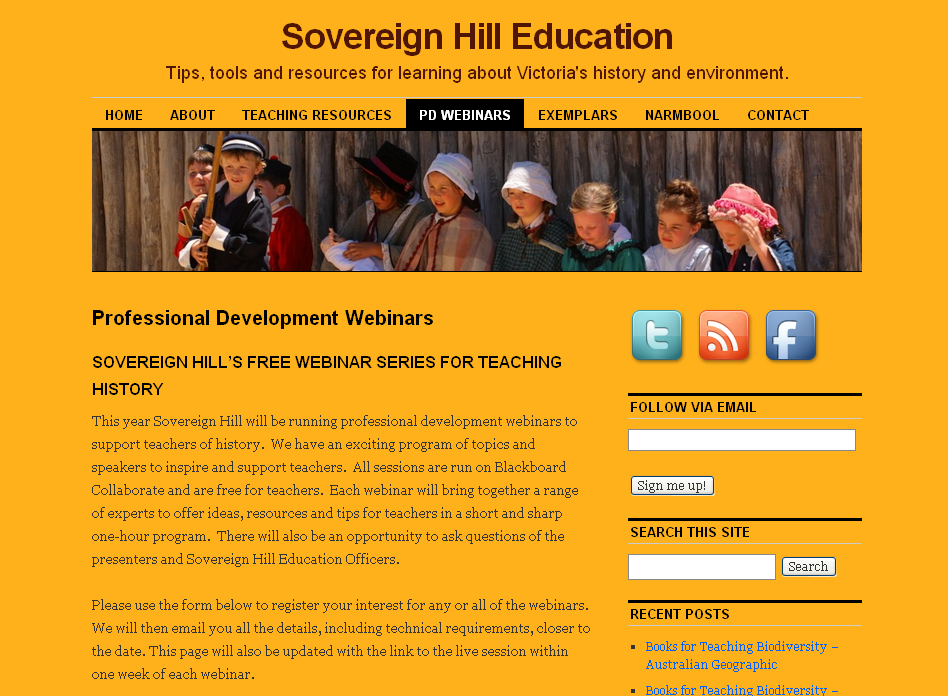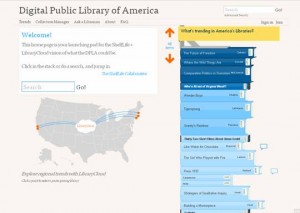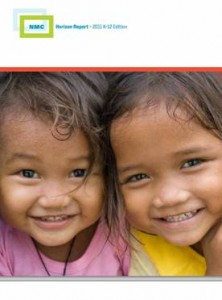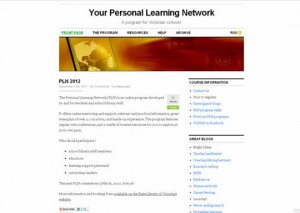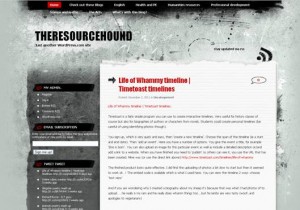
Hamish Curry, Education Manager at the State Library of Victoria, explores his feelings about the film Connected:
It was back in early September at a Gathering ‘11 event organised by David Hood that I first watched ‘Connected’, a film about “love, death and technology” by Tiffany Shlain. The film stimulated a whole bunch of complex thoughts and ideas I’d been having around the ways in which we relate to one another, and the tools of technology we’re using to help improve these relations. A tweet response from Tiffany afterwards, along with some email networking led me to organise the State Library’s own screening of the film on November 23. I’ve seen Connected four times since September, and each time something new resonates. I love the shock value of Albert Einstein who said that “if honeybees were to disappear, humankind would be gone in four years.”
Connected weaves a myriad of personal, historical, and global issues and challenges together, showing us that patterns are emerging amongst these random pieces. From the evolution of language, to our reliance on machines and the demands we’re placing on the hemispheres of the brain, humans are making more and more rapid decisions, connections, and discoveries. The film’s premise is that while technology is changing the way we communicate, relate, work and consume, it is having unintended impacts on our well-being and that of the planet around us.
I think all of us familiar with technology sense this, and no doubt all those who have been involved with the VicPLN program experienced various levels of anxiety and excitement around the tools of the web as well. Yet the film also highlights how technology is enabling us to make better and faster connections to issues confronting us and to the people who share our passions. Technology has helped us visualise data, trends, thoughts, and images in new ways. As such, the film promotes deeper thinking and reflection. There have been some great posts from people like Judith Way and Jenny Luca. Some see Tiffany’s story being quite self-indulgent, others see her experiences as being symptomatic of our struggle to connect.
For me it has stirred up a passion around a radical rethink of how we approach education. The traditional system broke learning down into disconnected but measurable chunks and pieces, which mirrored our thinking around literacy, numeracy, and sciences. Now more and more educators are realising that we’ve reached a point where we need to put these back together, creating an integrated, blended, and connected education system, where the school is simply a node in a much bigger community, both locally and internationally.
Another big node is libraries. They are at cross-roads too. Their ability to be hubs of information and community connections is beginning to be leveraged in new and exciting ways. It’s a nice time to be part of libraries and education; change is an expectation. So in closing, I’ll leave you with a Connected thought for 2012 from John Muir, who said “when you tug at a single thing in the universe, you find it’s attached to everything else.”

